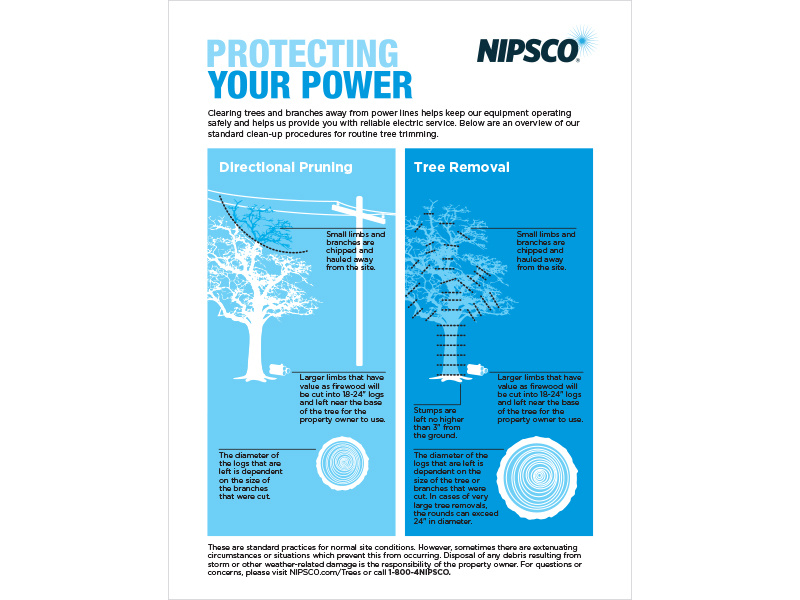Tree Treatment Throughout The Seasons: Ideal Practices For Managing Trees Before And Following Elimination
Tree Treatment Throughout The Seasons: Ideal Practices For Managing Trees Before And Following Elimination
Blog Article
Web Content By-
When it comes to seasonal tree care, guaranteeing correct monitoring before and after elimination can significantly affect the wellness and aesthetics of your landscape. By recognizing the necessary actions associated with evaluating tree wellness and getting ready for elimination, you can proactively guard your residential or commercial property. Yet what about the important methods to comply with once the tree is gone? Stay tuned to uncover the crucial post-removal care measures that will help you grow a successful and sustainable atmosphere for your trees.
Pre-Removal Tree Treatment
Prior to dealing with the removal of a tree, it's crucial to focus on pre-removal tree care. Begin by assessing the tree's health and wellness and structural stability. Try to find indications of illness, parasite problems, or any type of architectural concerns that might pose a safety and security threat during removal. It's important to consult with a certified arborist to figure out the very best strategy.
Pruning dead or diseased branches can avoid further damages to the tree and guarantee a smoother elimination procedure.
In addition, think about the environmental impact of removing the tree. Trees play an essential function in our ecological community, so planting a new tree in an appropriate area can assist counter any kind of loss. Ensure that you have the necessary licenses and authorizations for tree elimination, particularly if the tree is protected by local guidelines.
Seasonal Maintenance Tips
Examining your tree's demands throughout the year is necessary for its wellness and longevity. To keep your trees in top condition, comply with these seasonal maintenance suggestions.
In springtime, focus on trimming to get rid of dead or broken branches and motivate new growth.
Summer season calls for routine watering, specifically throughout dry spells, to ensure your tree stays hydrated.
As fall methods, watch out for early indicators of illness or stress, and consider applying compost to shield the origins during winter season.
In winter, be cautious when removing snow from branches to avoid breakage, and continue to monitor your tree's general wellness.
Keep in mind to readjust your care routine based on the specific requirements of your tree species and local climate. By remaining attentive and aggressive throughout the periods, you can assist your trees grow and grow for many years to come.
Post-Removal Tree Care
To ensure the health and wellness of your landscape even after tree elimination, correct post-removal treatment is vital. After a tree is gotten rid of, it's crucial to load the staying opening with topsoil and small it to stop settling. This will assist maintain the integrity of the ground and stop potential risks in the future.
Think about planting brand-new vegetation in place of the removed tree to bring back the equilibrium and aesthetics of your landscape. Regularly water the area to promote the development of new plants and stop dirt erosion.
Check the bordering trees for any signs of condition or anxiety that may have been brought on by the removed tree. Watch out for parasites that may've been brought in to the previous tree and take safety nets to shield the remaining plant life.
If required, talk to a specialist arborist to assess the effect of the removal on the surrounding trees and figure out any kind of additional treatment needed. By complying with https://www.nola.com/entertainment_life/home_garden/article_841e52e8-f77b-11e9-a41b-6bc223ea4075.html -removal care actions, you can guarantee the continued health and appeal of your landscape.
Verdict
To conclude, proactive seasonal tree care is essential for preserving the wellness and balance of your landscape. By analyzing tree health, pruning, and speaking with an arborist before elimination, you can make sure a safe procedure. After elimination, filling up the hole, growing brand-new plants, and routine watering will promote brand-new development and prevent disintegration. Remember to check surrounding trees for disease and seek further care procedures from an arborist to keep your landscape thriving.
